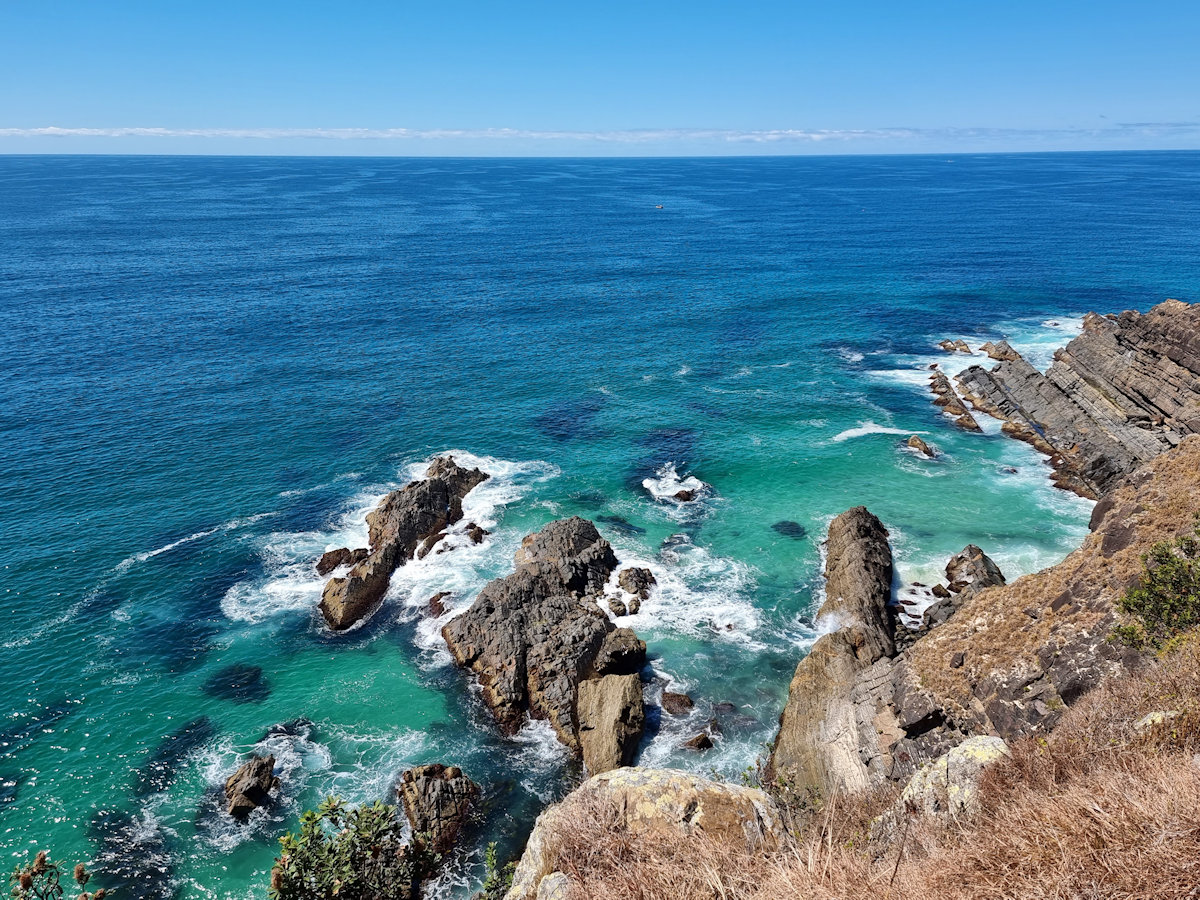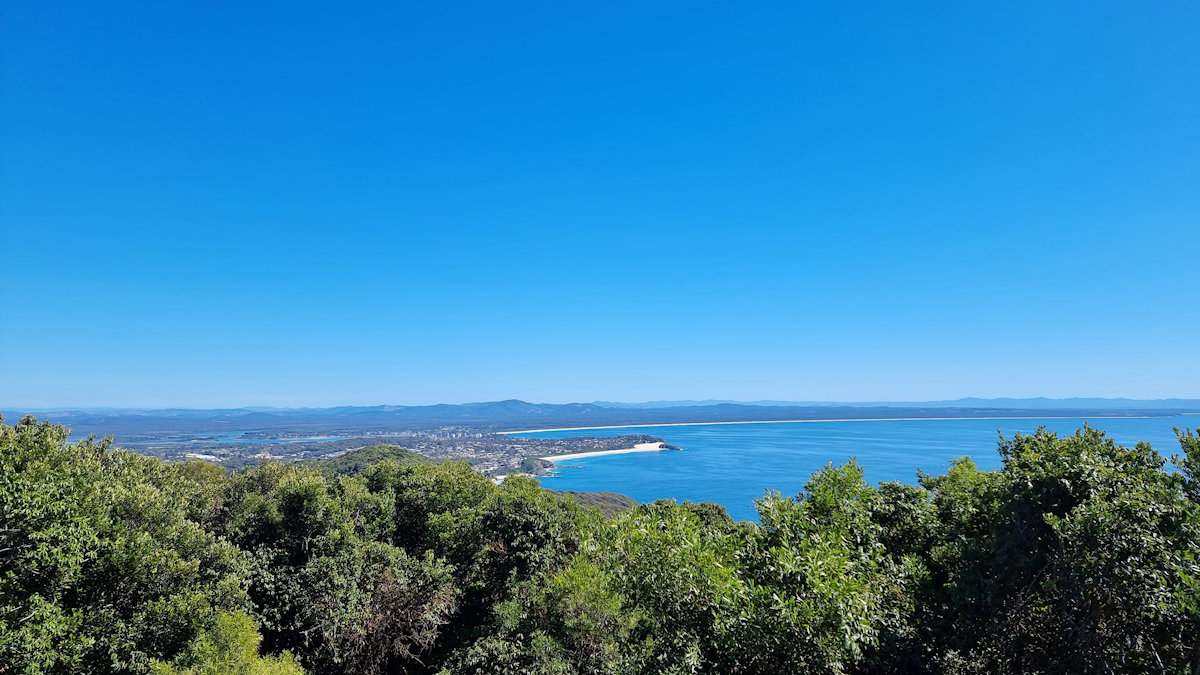Category: Lookout
-
Bennetts Head Lookout

Bennetts Head Lookout Located on the Bicentenial Way in Forster New South Wales, Bennetts Head Lookout is a popular place for whale watching during migration season. We were lucky and saw a few swimming south, but they were too far out to get a good look. Several tour operators provide whale watching trips locally, with… Read more
-
Cape Hawke Lookout Track

Cape Hawke Lookout Track NSW Australia Named after First Lord of the Admiralty, Edward Hawke by Captain Cook (a Lieutenant at the time), the Cape Hawke Lookout Track is on the northern end of the Booti Booti National Park. With only a 10-minute drive to travel the 11km from the centre of Forster, it was easy… Read more
-
Manly to North Head Walk
Manly to North Head Walk The walk from Manly to North Head takes you past some beautiful beaches with views over the coast, through coastal scrub and passes old fortifications. Finally ending at the entrance to Sydney Harbour, it has spectacular views of the city. Getting There The easiest way to get to Manly is… Read more